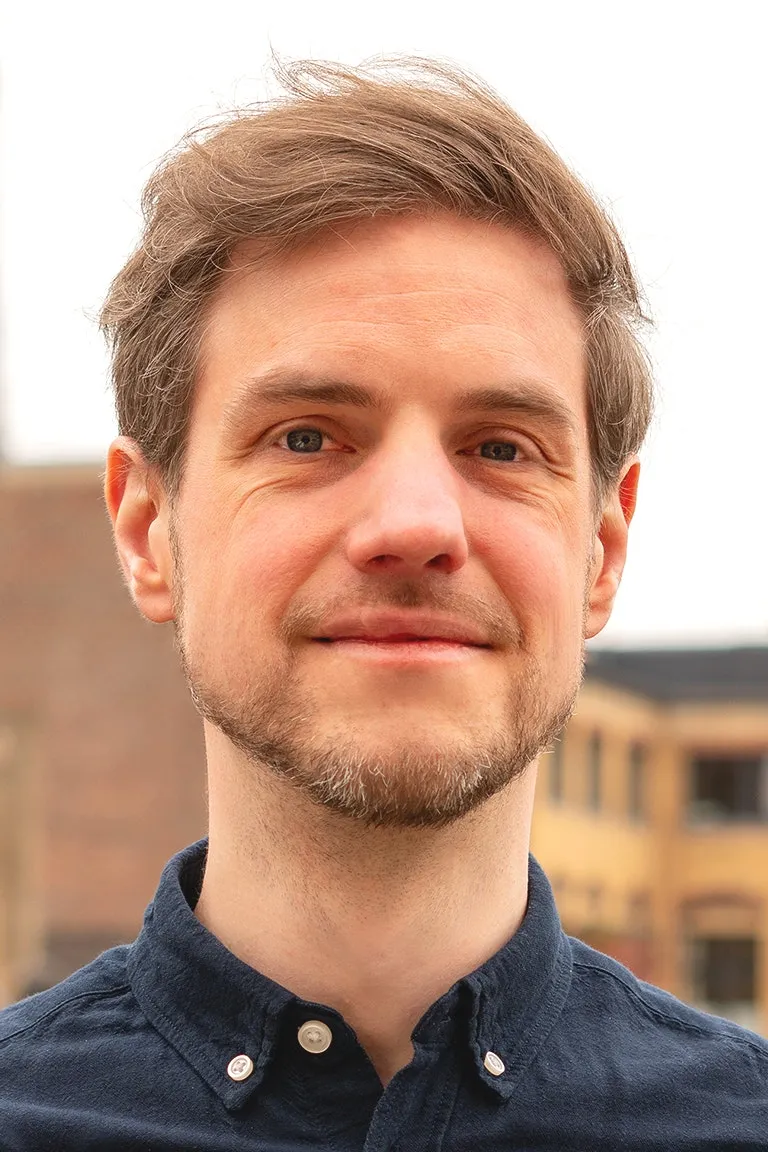Review: RuhrJS 2017 JavaScript Conference

The talks given at RuhrJS spanned a wide variety of topics related to JavaScript, community diversity and open-source software development in general, and took place amidst a lovingly organized and well catered conference at a great location - the Zentrum für IT-Sicherheit.
The first day of the conference started with a delicious breakfast, catering to various dietary preferences, accompanied by an amazing selection of coffee by Der Espressionist. Subsequently the hosts welcomed everyone and the conference kicked into full gear with the first talks. While all of the speakers did an amazing job, a couple of talks stood out to us:
Michaela Lehr introduced the audience to the unique challenges that designers face when developing for the emerging market of Virtual Reality (VR) experiences. After a succinct introduction to the essential vocabulary of the VR domain, she covered the current status quo and tech stack (WebGL, WebVR, three.js, React VR, A-Frame) for developing VR experiences on the web and dove into an example laden introduction to using these technologies. This was followed by an explanation of the considerations VR designers have to make to accommodate users in a VR setting (slides).
Next up, Anjana Vakil covered the role of immutable persistent data structures in functional programming: The core tenet of data structures in functional programming is that data structures can not be manipulated themselves when executing a program - instead new data structures are created with the intended manipulations in place. Coming from an OO point of view, dealing with changes in data in this way sounds wasteful - copying complete data structures for applying a miniscule change might lead to vast amounts of memory consumption. Immutable, persistent data structures - as implemented in functional languages like Clojure and Erlang/Elixir - solve this issue by exploiting the similarity between new and old data structures, essentially only allocating new resources to changes in the data structure. The talk went into great technical detail of how these mechanisms can be implemented, accompanied by very approachable examples featuring a wide variety of animals. (slides)
After an inspiring day of talks (also featuring an equally great lunch), the visitors of the conference gathered at the Riff, located in the beautiful Bermuda Dreieck of Bochum, for the official conference party. To allow everyone to enjoy the experience, the next conference day started at around 10 in the morning, giving everyone a chance to talk and enjoy a hearty breakfast in the sun on a surprisingly warm day (considering it was October in Germany). Thist was followed by the talks of the second and last day of conference. Here are our highlights among the wide variety of high quality talks:
Kim Crayton started the day with her definition of Community Engineering: “The intentional and skillful effort of creating environments which support the sharing of common attitudes, interests, and goals in order to grow a more inclusive and diverse technologies”. In her passionate presentation, she laid out that tech communities need to be more diverse and inclusive in a technology infused society, so minorities and their interests are equally represented and respected. This was followed by an explanation of barriers and false assumptions that communities face when trying to grow more diverse, making a well argued case for active community engineering. (slides)
Alexandra Leisse talked about the challenges of tackling complexity with respect to scope and product development. She explored a number of crucial elements in a continuing product design process, covering the trade-offs between exposing full control and “automagic” functionality to users, how consistency in a products design is key to enabling users to deal with appropriate levels of complexity and how complexity needs to be actively managed across technical boundaries. The holistic approach to product design proposed by Alexandra is certainly food for thought, and seems applicable to much broader fields than just software engineering. (slides | transcript)
RuhrJS was an inspiring and exciting experience, offering a great selection of talks by a diverse crowd of speakers in a welcoming and cozy environment. We had a great time talking to speakers and attendees alike and will hopefully be able to attend the next iteration of this burgeoning conference.





